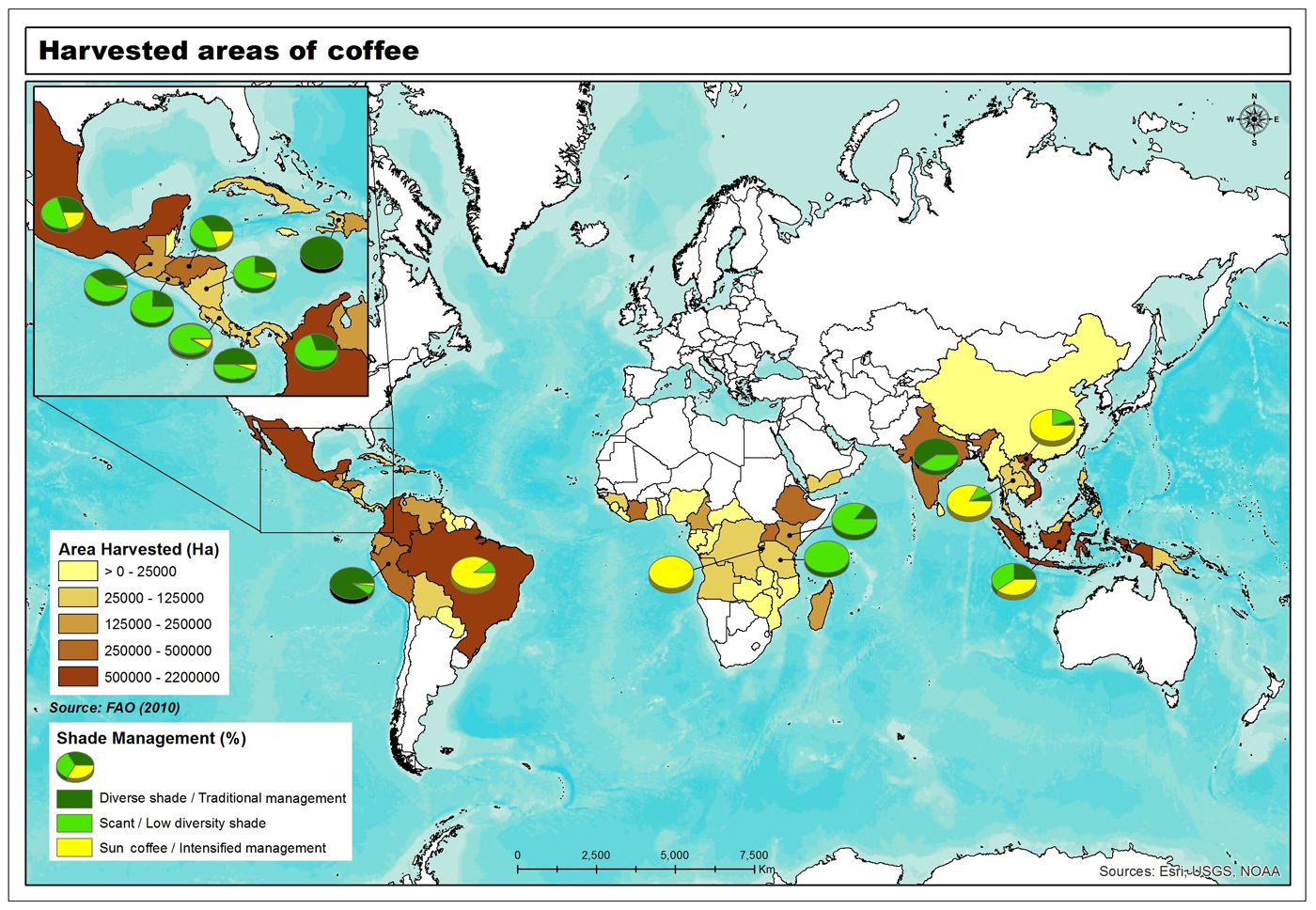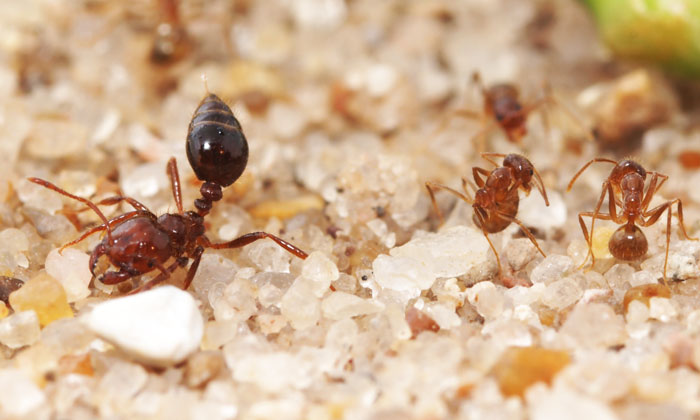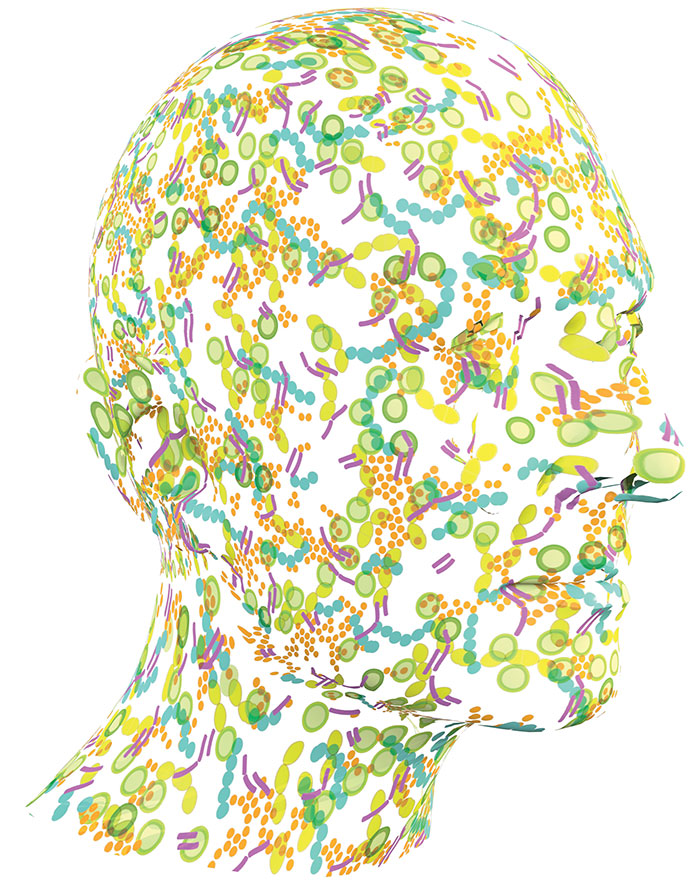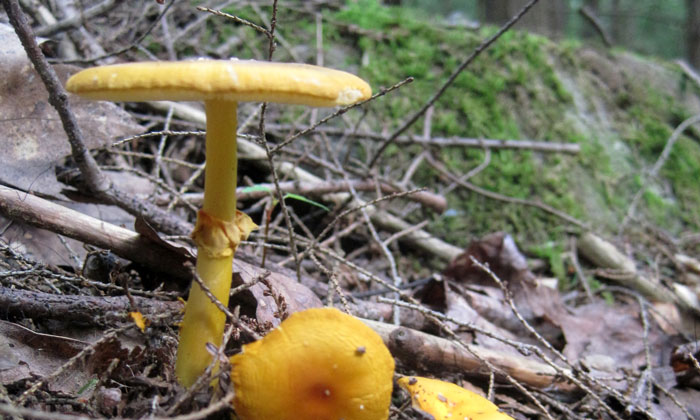Fire Ecologists Study Recovery of Bastrop State Park
Watch and learn about research being done on the recovery of Bastrop State Park after the devastating fire in the area in 2011. Video by Jeff Mertz.

Watch and learn about research being done on the recovery of Bastrop State Park after the devastating fire in the area in 2011. Video by Jeff Mertz.
On June 9, 2014, UT biologists and students helped move about 140 turtles from UT Austin's beloved turtle pond to a temporary home for a long overdue cleaning of the lower pond.
That salad you had for lunch. Yeah, it had fungi in it.
That celery stick you barely nibbled that came with your basket of wings last night. It had fungi in it too.
Take a glimpse into two of UT's biggest and brightest (literally!) greenhouses. The BOT greenhouse holds a number of exotic plants for taxonomic study, while the Welch greenhouse hosts a variety of rich and important agricultural projects. As these horticulturalists make clear, no two greenhouses are ever the same!
The American Academy of Arts and Sciences announced this week the election of 204 new members, including Eric Pianka, an evolutionary ecologist in The University of Texas at Austin's College of Natural Sciences.

The proportion of land used to cultivate shade grown coffee, relative to the total land area of coffee cultivation, has fallen by nearly 20 percent globally since 1996, according to a new study by scientists from The University of Texas at Austin and five other institutions.

Invasive “crazy ants” are rapidly displacing fire ants in areas across the southeastern U.S. by secreting a compound that neutralizes fire ant venom, according to a University of Texas at Austin study published this week in the journal Science Express. It’s the first known example of an insect with the ability to detoxify another insect’s venom.

Have you ever felt not completely like yourself? You’re not alone. In fact, you’re never really alone. No matter how hard you may try, you’re always in the company of 100 trillion microbial friends.
Microscopic fungi that live in plants' roots play a major role in the storage and release of carbon from the soil into the atmosphere, according to a University of Texas at Austin researcher and his colleagues at Boston University and the Smithsonian Tropical Research Institute. The role of these fungi is currently unaccounted for in global climate models.
